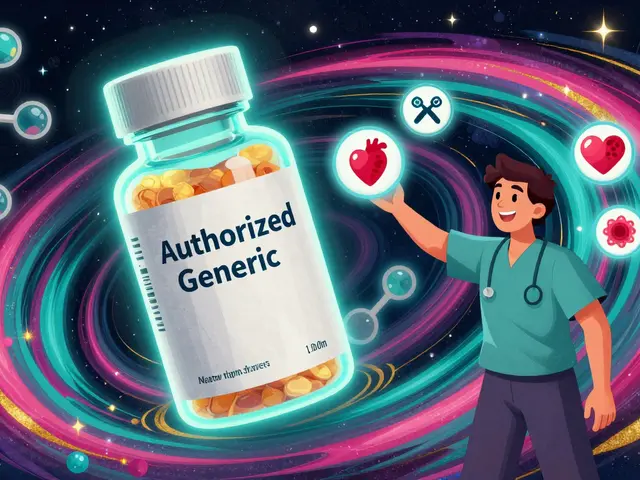Blood sugar: quick, practical steps to test and keep it steady
Blood sugar matters whether you have diabetes or not. High or low glucose affects energy, mood, and long-term health. This page gives plain, useful steps you can use today—how to read numbers, simple lifestyle fixes, and common meds that change glucose levels.
How to check and read your numbers
Use a fingerstick glucose meter or a continuous glucose monitor (CGM). For most adults without diabetes, a fasting blood sugar under 100 mg/dL is normal and a two-hour post-meal value is usually under 140 mg/dL. If you have diabetes, many doctors aim for fasting or pre-meal readings of roughly 80–130 mg/dL and a peak after meals under 180 mg/dL, but your target may differ—ask your provider.
Keep a short log: time, reading, what you ate, meds taken, and how you felt. Patterns tell you more than single readings. If your number is below 70 mg/dL, eat 15 grams of fast carbs (a small juice box or 3–4 glucose tablets), recheck in 15 minutes, and repeat if still low. If your glucose is consistently above 250 mg/dL or you have vomiting, stomach pain, or breath that smells fruity, contact medical care—these can be signs of diabetic ketoacidosis.
Simple ways to keep blood sugar steady
1) Prioritize protein and fiber at meals. A plate with lean protein, non-starchy vegetables, and a modest portion of carbs slows the blood sugar spike. For example, grilled chicken, salad, and a half cup of rice is better than a plate of pasta alone.
2) Move more. A 10–20 minute walk after a meal lowers the post-meal spike. Short, regular activity beats occasional long workouts for steady glucose.
3) Sleep and stress matter. Poor sleep and chronic stress push glucose up. Try small changes: aim for consistent sleep times and two short breathing breaks during the day.
4) Watch weight and alcohol. Losing 5–10% of body weight often improves blood sugar if you’re overweight. Alcohol can cause low glucose, especially if you drink on an empty stomach and use insulin or sulfonylureas.
Medications and supplements can change blood sugar. Systemic steroids (like prednisone) commonly raise glucose. Some blood pressure drugs (thiazide diuretics) and certain antipsychotics can also increase levels. Statins have a small risk of raising blood sugar for some people, but the heart benefits usually outweigh that risk—talk to your doctor if concerned. Beta-blockers can hide low blood sugar symptoms, so be cautious if you’re on those.
Keep your care team in the loop. Share your home readings and any new symptoms. If you start new medications, ask whether they might affect glucose and what extra checks to do in the first weeks.
Want specific tips for meds, recipes, or testing routines? Check related articles on our site or ask your pharmacist or clinician for a plan tailored to your numbers and daily life.
Glucophage: Essential Facts and Effective Tips for Managing Diabetes
Glucophage, also known as metformin, is one of the most common medicines for type 2 diabetes. This article breaks down how glucophage works, its side effects, benefits, and tips for taking it safely. You'll learn about recent research, who should (or shouldn’t) use it, how it fits into daily life, and practical advice for handling blood sugar. Whether you're newly diagnosed or supporting someone with diabetes, you'll find answers and real-world strategies here.





